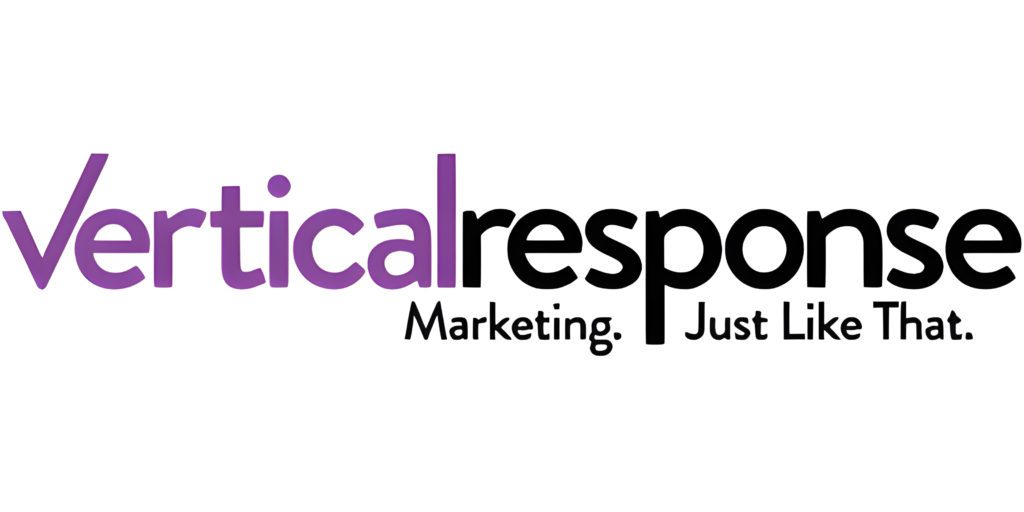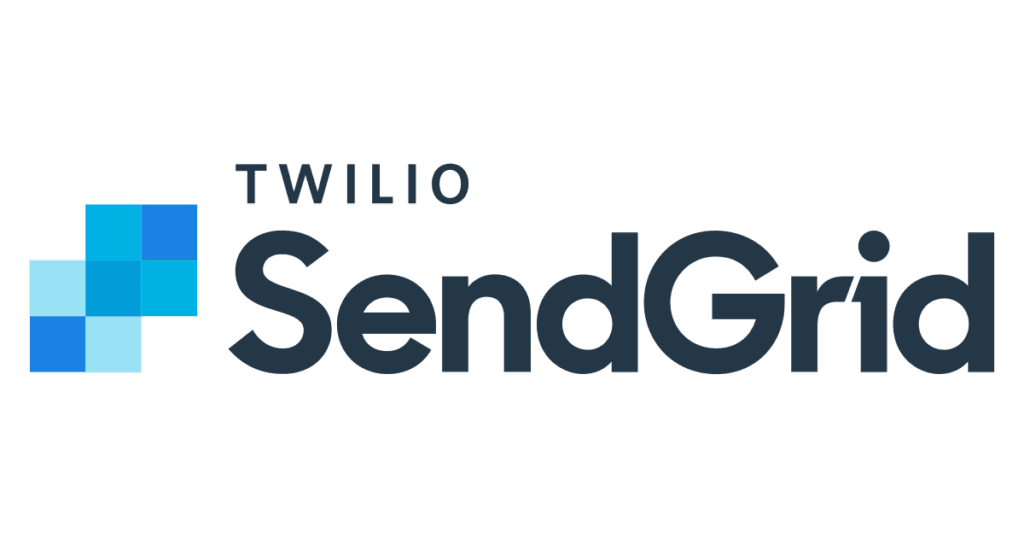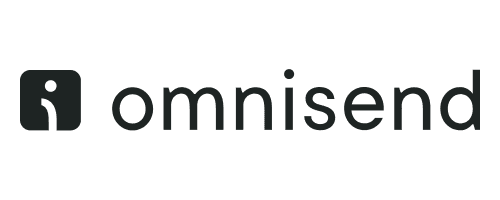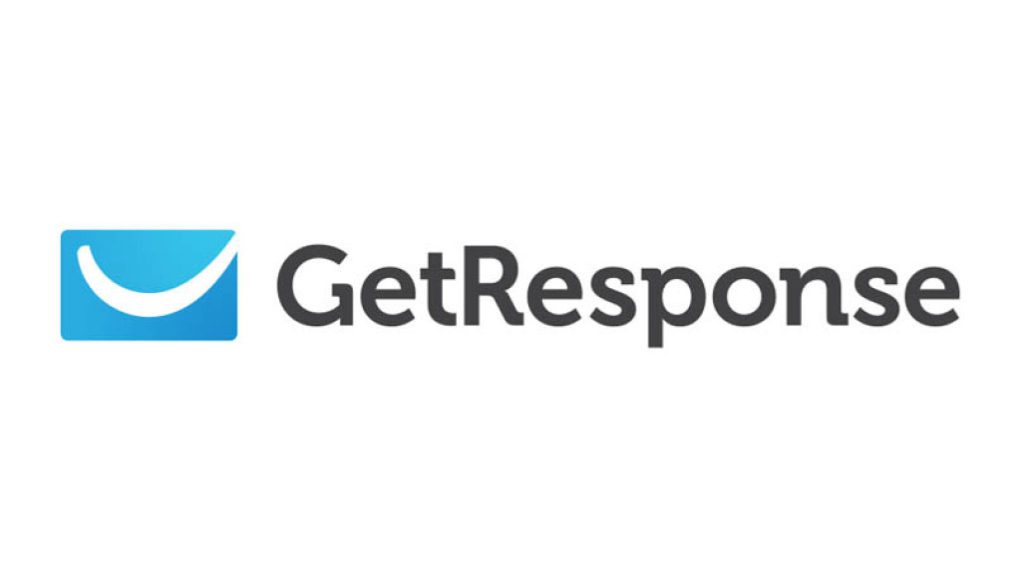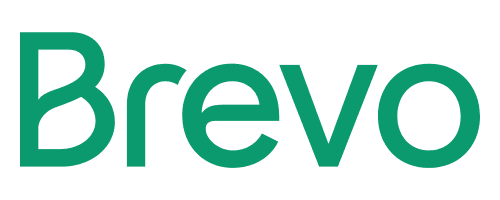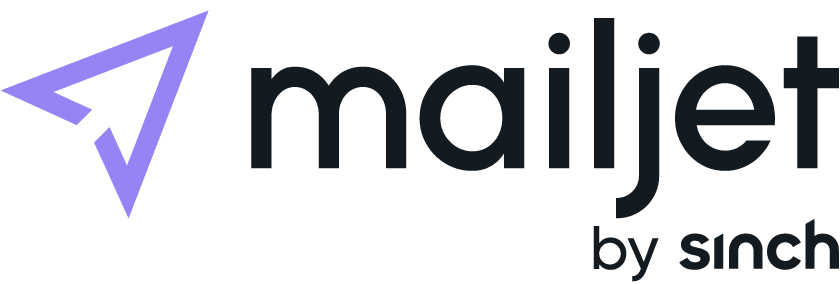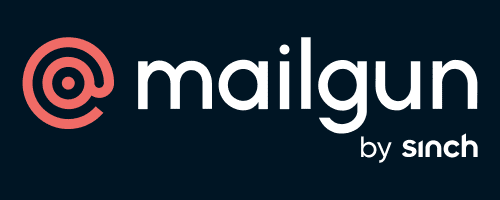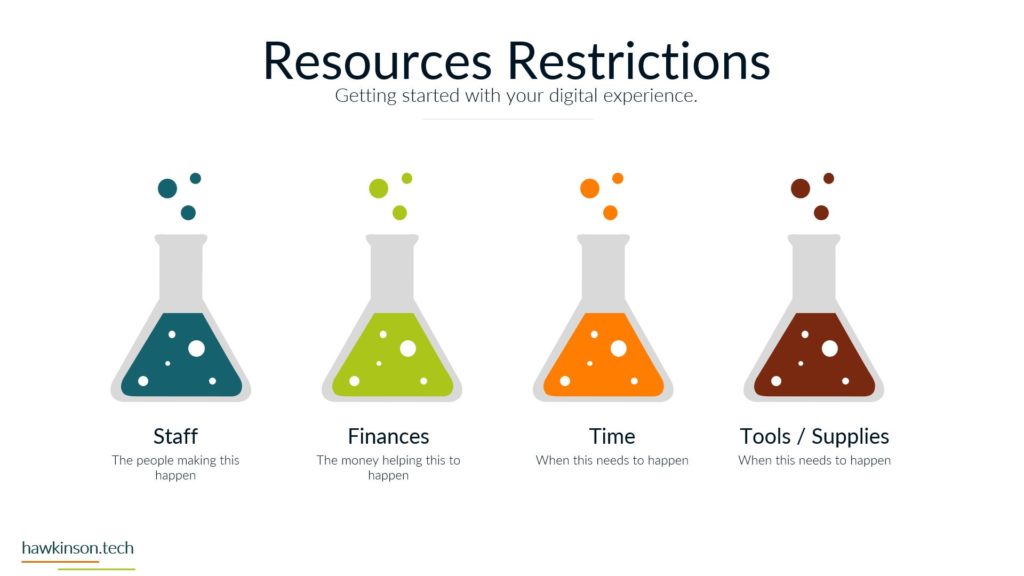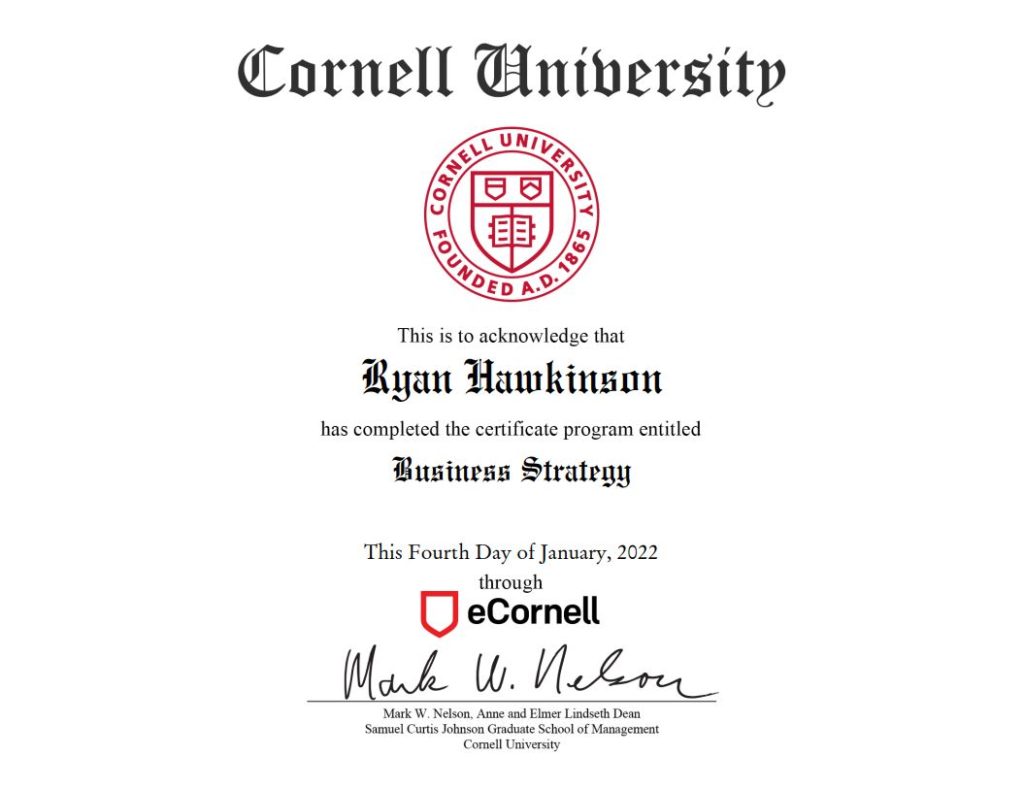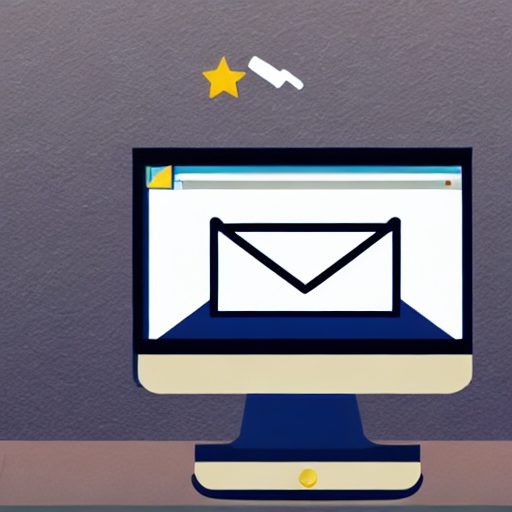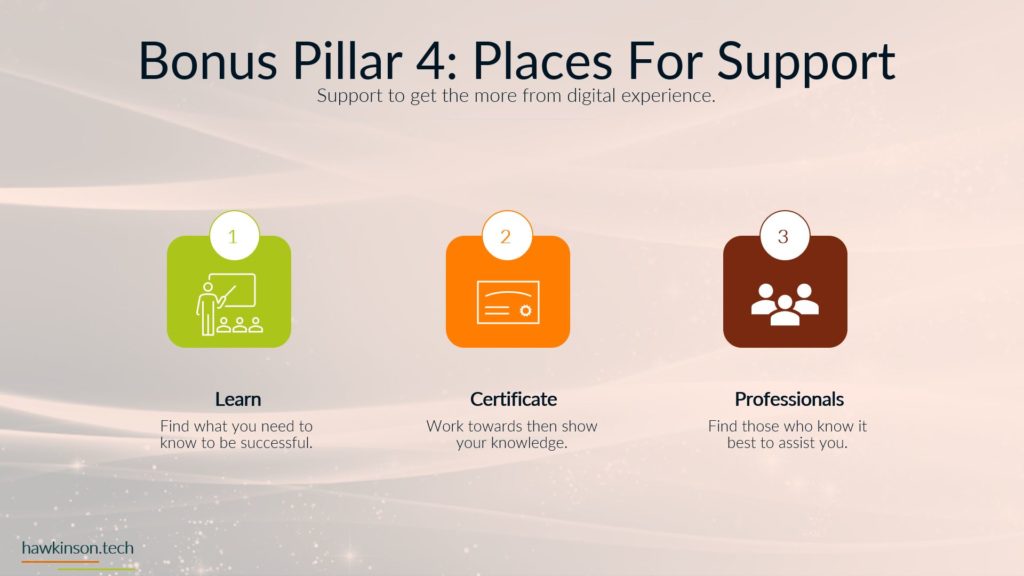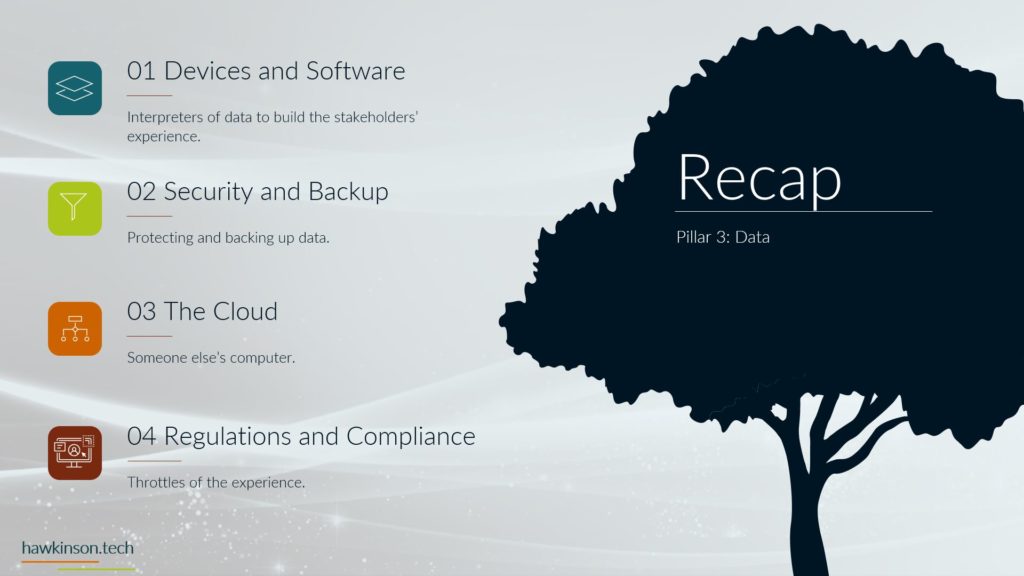In the rapidly evolving digital landscape, businesses must prioritize delivering exceptional digital experiences to their stakeholders. A crucial aspect of achieving this lies in understanding the role of processes within the business funnel. This article will explore the significance of processes in shaping the digital experience for internal and external stakeholders. From the initial phases of attraction to the final stages of accomplishment, processes act as the critical link that drives stakeholders toward their objectives.
Unveiling the Role of Processes in Business Funnel
The business funnel is a fundamental framework for understanding stakeholder interactions in the digital world. A funnel encompasses the various stages through which stakeholders progress during their engagements with a company. At the core of the funnel lies the processes that facilitate actionable steps, allowing stakeholders to move forward and achieve their desired outcomes.
Every interaction and decision a stakeholder makes contributes to the company’s overall success. Understanding the importance of processes is key to enhancing the digital experience and fostering long-term relationships between stakeholders and the organization.
The Significance of Processes: Where the Rubber Meets the Road
Within each business funnel, stakeholders encounter a series of steps to navigate. These steps are broken down into processes, which serve as the crucial juncture where stakeholders actively take action. Whether internal stakeholders drive the company forward or external stakeholders collaborate with the organization, processes form the backbone of digital progress.
In essence, processes are the glue that holds the various elements of the business funnel together. They provide a roadmap for stakeholders, ensuring they are guided through the journey seamlessly. When processes are well-designed and executed, stakeholders experience a smooth digital experience, leading to increased engagement and higher satisfaction rates.
Facilitating Progress in a Digital World: Devices and Software
In today’s digitally-driven world, seamless integration of processes with devices and software is essential for an enhanced digital experience. Devices and software are enablers, empowering stakeholders to interact effectively with the digital medium. These components set processes in motion, propelling stakeholders toward their end goals.
User-friendly devices and software make it easier for stakeholders to navigate through various phases and layers of the business. Whether it’s a user-friendly website interface or a mobile app that simplifies communication, these tools create an interactive and engaging experience. This interactivity allows stakeholders to actively participate in the processes, contributing to their satisfaction and overall success.
Leveraging Data: Insights for Continuous Improvement
Successfully implementing processes hinges on the data collected and analyzed on the back end. Businesses gain valuable insights into the performance of these processes, allowing for continuous improvement and refinement of the digital experience. Data is a critical tool for understanding the nuances of each process, leading to data-driven decisions that optimize stakeholder engagement.
By harnessing data analytics, businesses can identify bottlenecks in their processes and areas that require improvement. For example, understanding how stakeholders interact with the digital platform and where they might drop off in the funnel can guide businesses in streamlining the process for better conversions. Data-driven insights enable businesses to make informed decisions and fine-tune their digital experience to meet stakeholder expectations.
Interactivity with Devices and Software: Enhancing Stakeholder Engagement
User-friendly software and devices are pivotal in engaging stakeholders throughout the digital journey. These components create an interactive medium, facilitating seamless navigation through the various phases and layers of the business. By streamlining the digital experience, businesses foster deeper stakeholder engagement and satisfaction.
Engaging user interfaces, intuitive navigation, and personalized experiences make stakeholders feel valued and understood. When stakeholders can easily interact with the digital platform, they are likelier to stay engaged and take the desired actions. This active participation leads to stronger connections with the brand and ultimately contributes to higher customer loyalty.
Customization for Stakeholders: Diverse Paths to Success
One size does not fit all in the realm of processes. Businesses must embrace customization to meet the diverse needs of stakeholders. Even within internal stakeholders, different job roles necessitate unique processes tailored to their responsibilities. Sales representatives, for instance, have specific steps to facilitate successful purchases, while warehouse workers collaborate to fulfill orders. Customizing processes ensures a cohesive digital experience that aligns with stakeholder objectives.
Through customization, businesses can address different stakeholder groups’ unique pain points and preferences. By understanding the distinct journeys of various stakeholders, businesses can optimize processes to enhance their digital experience. Personalized processes make stakeholders feel valued, building trust and loyalty with the brand.
Differentiation Based on Funnels: Tailoring Processes for Success
Each funnel in the business structure comes with a unique set of steps and actions to be completed. Internal and external stakeholders interact with different funnels, each requiring distinct processes. Tailoring processes to align with specific funnels ensures a seamless digital experience as stakeholders move through various phases and layers.
Understanding the diversity of funnels allows businesses to cater to stakeholders’ unique needs and expectations. By adapting processes to each funnel’s specific requirements, businesses can effectively guide stakeholders toward their objectives. A streamlined and targeted approach enhances stakeholder satisfaction, leading to higher conversions and greater success.
Navigating Through Phases, Layers, and Processes
Processes act as the catalyst that propels stakeholders from one point to another, guiding them through the layers of the company and the steps within each funnel. Understanding and optimizing these processes are crucial for delivering exceptional digital experiences and fostering meaningful and lasting relationships between stakeholders and the organization.
To achieve a seamless digital experience, businesses must analyze each process meticulously. By examining how stakeholders interact with each process, businesses can identify pain points and areas that need improvement. Iterative refinements ensure that processes remain relevant and effective, even as stakeholder needs evolve.
Mastering the Art of Processes for Digital Success
In the ever-evolving digital landscape, businesses prioritizing optimizing processes reap the rewards of enhanced digital experiences. Integrating processes with devices and software creates a dynamic and engaging digital journey, positively impacting stakeholders’ perceptions. By mastering the art of processes and customizing them to meet stakeholder needs, businesses can lead stakeholders toward success in the digital age, fostering a stronger and more connected relationship with their audience.
Understanding the impact of processes on the digital experience is crucial for businesses aiming to thrive in the competitive digital market. By continuously refining and enhancing processes, businesses can create a digital experience that sets them apart from their competitors and builds long-term brand loyalty. Businesses can forge lasting connections and achieve sustained success in the digital era by putting stakeholders at the center of their processes.











